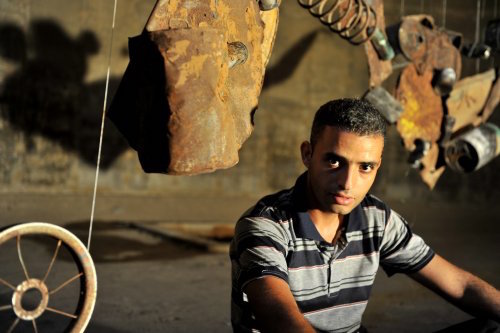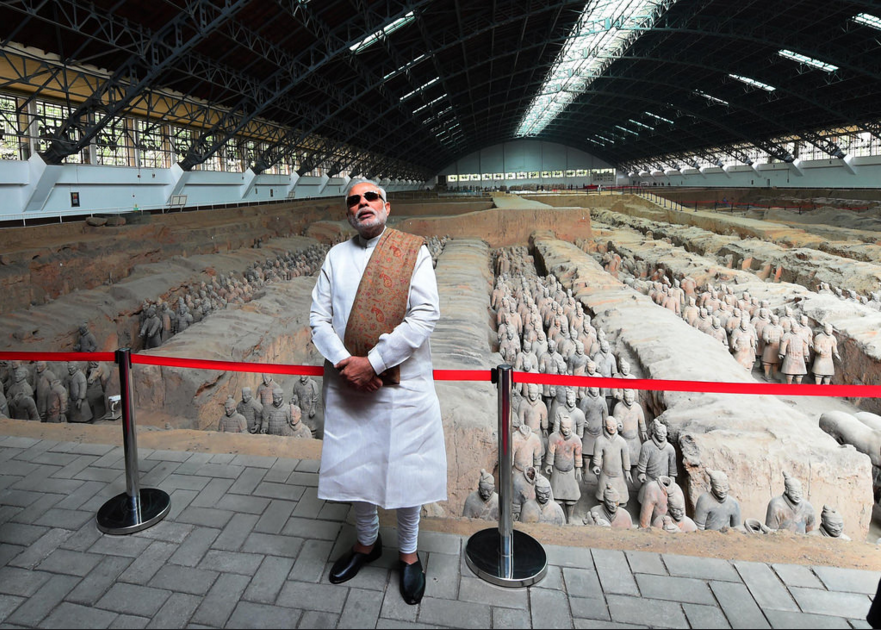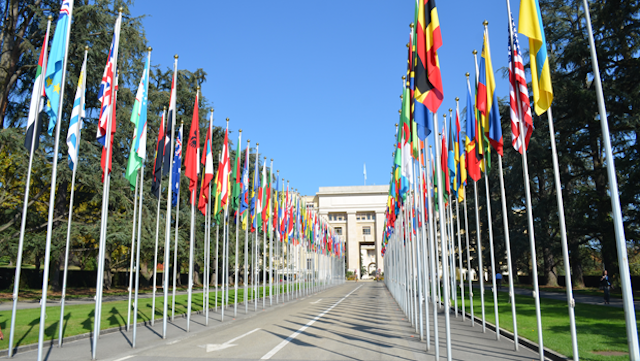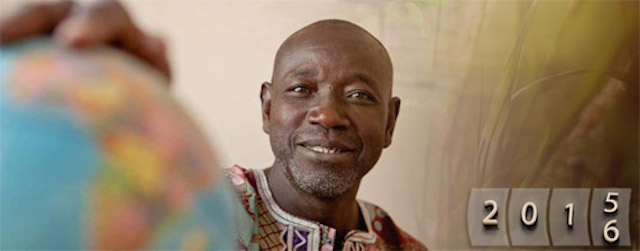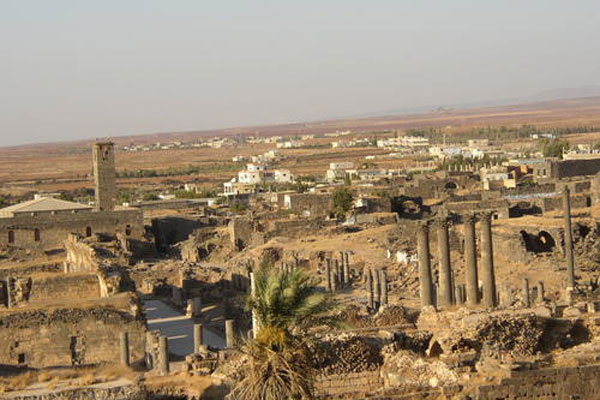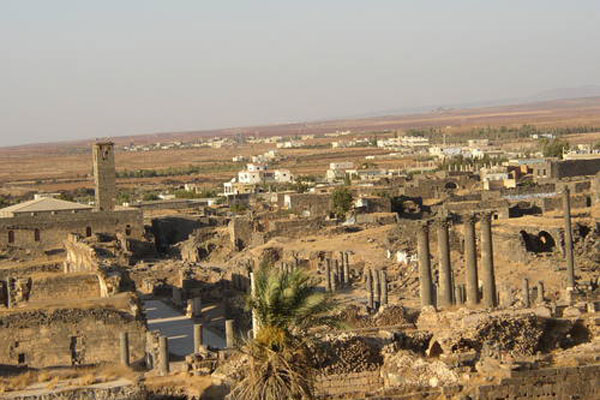By Humberto Jaime and Jennifer Guralnick* | IDN-InDepthNews Analysis
PANAMA, Panama (IDN) – While in North America, cities such as New York and several others in the United States have witnessed the hottest Christmas on record and with extreme flooding and tornados resulting in more than 40 deaths in states such as New Mexico, Texas, Oklahoma, Missouri and Illinois, Mexico experienced unusual snowfalls whereas flooding is being faced in the United Kingdom as well as in South America where heavy rains and severe flooding have led to more than 170 thousand people being evacuated in Paraguay, Argentina, Brazil and Uruguay.


